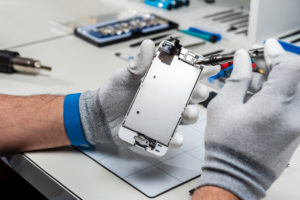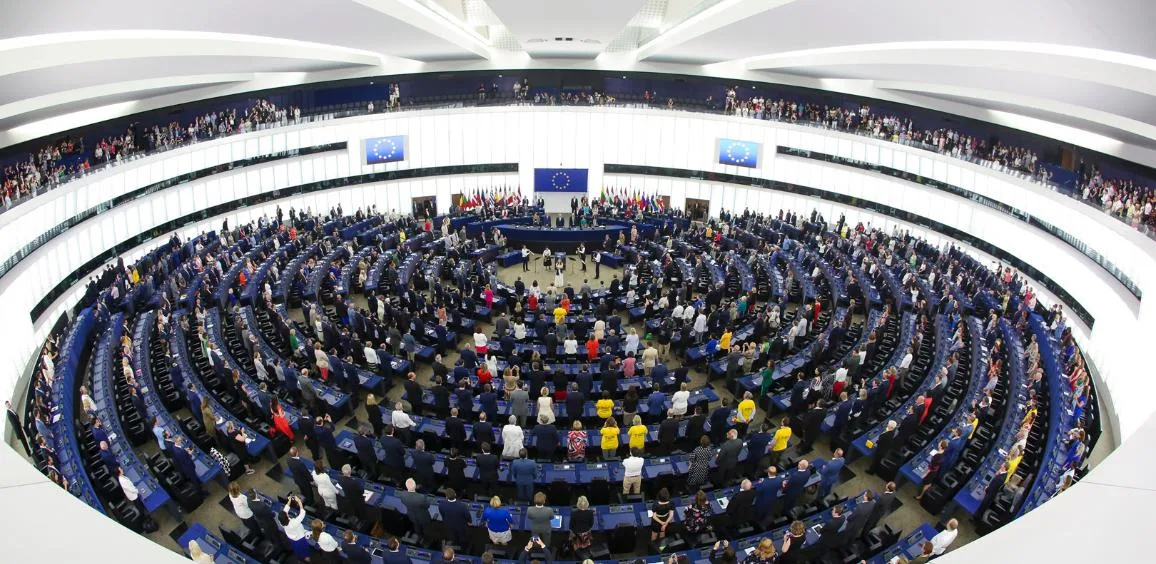Brussels – The right to repair has become a reality. With 584 votes in favor, three against, and 14 abstentions, the plenary session of the European Parliament gave the green light to the right to repair products instead of replace them. A vast majority approved the outcome of trilogues with the co-legislators of the EU Council to implement the new directive before the end of the legislative term. “Our generation has had to face the greatest challenge, which is to halt climate change,” the rapporteur René Repasi (S&D) said during last night’s (April 22) debate, stressing that “we must continue to meet this challenge, including with regard to products that last less and less, while we waste precious raw materials.”
The new directive is The new directive focuses on two pillars: promoting repair within the two-year legal warranty period with “easier and cheaper” options and protecting consumers even beyond the period of constraint on manufacturers and sellers “for any defect that may occur.” There will be an incentive to repair during and beyond the two-year legal warranty period: sellers will be required to offer free repair within the legal warranty period – except when it is more expensive than replacement – while consumers should be given incentives not to choose replacement within the liability period. Levers for the right to repair include vouchers, national funds, and extending the one-year legal warranty for repaired products.
For household washing machines, dryers, dishwashers, refrigeration appliances, electronic displays, welding equipment, vacuum cleaners, servers, and data storage, manufacturers will be obliged to take action for five to 10 years after the purchase, depending on the product type and repairability requirements: improving ease of disassembly, access to spare parts, and repair information. Cell phones, cordless phones, and tablets will be included in the list once their repairability requirements for eco-design are adopted. There will be no change to the extended two-year legal warranty because there would be “even more” pressure on consumers to replace, according to EU officials. In the first ‘protected’ time frame after the purchase, the right to repair would be made explicit with the obligation for sellers to always offer to fix the defective or worn product unless repair is more expensive than replacement. Once the legal warranty expires (when sellers and manufacturers no longer have commitments to consumers), a range of tools would apply to temporally extend the right to repair.
 For products that are “technically repairable” according to EU requirements, intervention will be required in case of both defect and wear and tear, ensuring that consumers always have someone to turn to. A European quality standard of durability and availability for repair services will also be developed, with a list to identify who is committed to a common minimum standard. Manufacturers will also have to inform consumers about products they must repair themselves and an online matching platform to connect all levels of the refurbished product value chain, with the ability to search by location and quality standards. As a final lever of the right to repair, a European repair information form is planned to make conditions and prices transparent and to facilitate the comparison of offers.
For products that are “technically repairable” according to EU requirements, intervention will be required in case of both defect and wear and tear, ensuring that consumers always have someone to turn to. A European quality standard of durability and availability for repair services will also be developed, with a list to identify who is committed to a common minimum standard. Manufacturers will also have to inform consumers about products they must repair themselves and an online matching platform to connect all levels of the refurbished product value chain, with the ability to search by location and quality standards. As a final lever of the right to repair, a European repair information form is planned to make conditions and prices transparent and to facilitate the comparison of offers.
Repairs will have to be made within a “reasonable” time frame, and manufacturers will have to be able to offer replacement devices on loan to consumers (or refurbished, in the case of products that cannot be repaired). Repairers and end-users will have access to all spare parts, information, and tools at a reasonable cost “throughout the lifetime of a product “to promote competition, reduce repair costs, and offer consumers more choices. Through national online platforms, consumers will be able to find not only local repairers and sellers of refurbished goods but also an overview of repair conditions for each device (such as maximum price and time required) to compare different offers.

According to Green Deal goals, fewer discarded products means less waste, fewer materials needed to produce new goods, and fewer greenhouse emissions in the production and sales processes. The new EU Right to Repair Directive should result in 18.5 million tons of greenhouse gas emissions, 1.8 million tons of resources, and 3 million tons of waste saved over 15 years. At an economic level, the Directive should allow sellers and manufacturers to save 15.6 billion euros over the next 15 years, a figure that for consumers should reach 176.5 billion euros over the same time frame, while growth and investment in the repair sector will increase by 4.8 billion euros.
English version by the Translation Service of Withub





